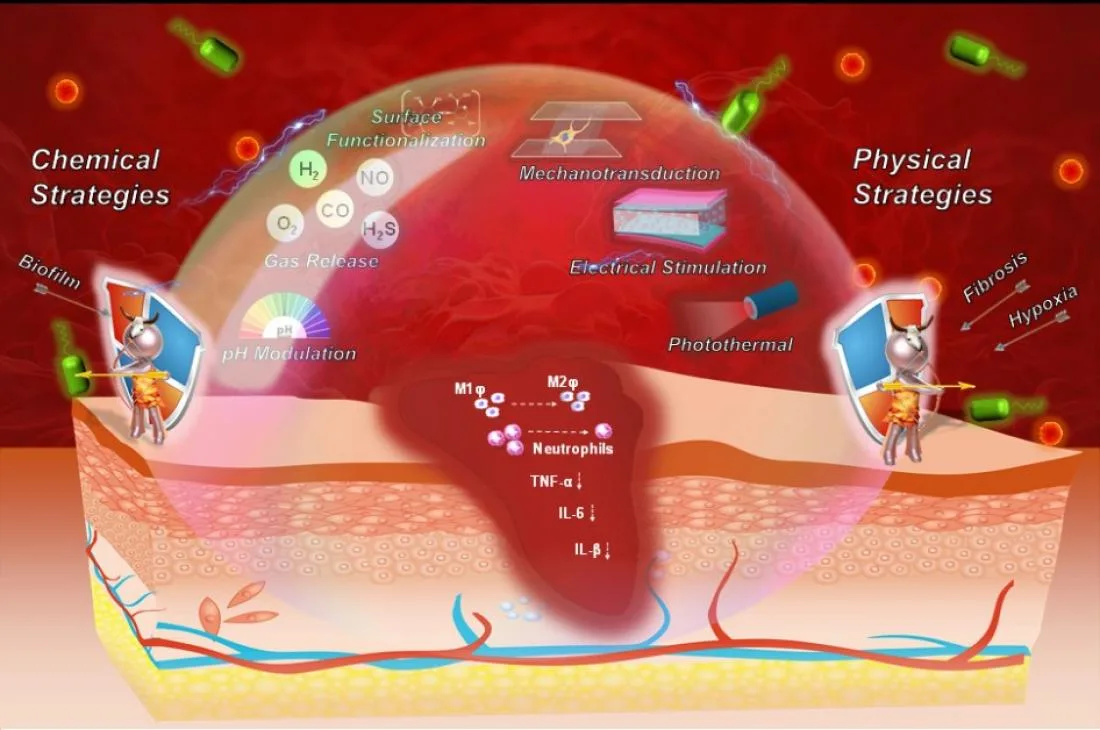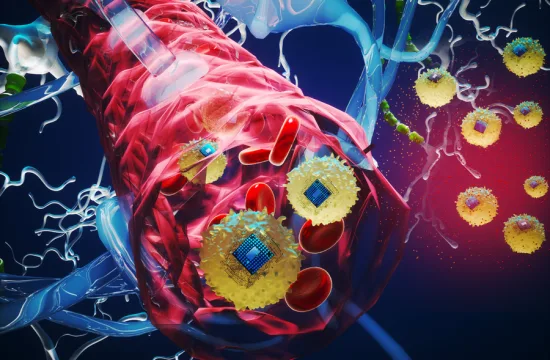
Taipei, Taiwan — Scientists at National Taiwan University have unveiled a breakthrough in wound care, showing how light, electricity, and subtle physical forces can work together to accelerate healing and reduce scarring.
The findings, published in Materials Today, could offer new hope for millions of patients suffering from chronic wounds such as diabetic ulcers and pressure sores.
Chronic wounds remain one of medicine’s most persistent challenges, often resisting treatment due to inflammation, infection, and poor circulation. Conventional therapies—such as dressings or topical drugs—provide protection but rarely trigger the body’s natural repair mechanisms.
Led by Professor Zong-Hong Lin, the NTU team reviewed recent advances in combining physical and chemical cues to stimulate skin regeneration. Their research highlights how integrating multiple gentle therapies—including electrical stimulation, light-based treatments, pH regulation, and therapeutic gases—can create a healing environment that mimics the body’s own regenerative processes.
- Electrical stimulation helps guide cell movement and tissue regrowth.
- Photothermal therapy uses light-induced warmth to kill bacteria and boost collagen formation.
- Therapeutic gases such as nitric oxide, carbon monoxide, and hydrogen sulfide regulate inflammation and encourage new blood vessel growth.
Together, these methods form a coordinated system that promotes faster, more natural healing. The approach also opens the door to future innovations such as wearable smart dressings, capable of delivering controlled physical and chemical stimulation directly to wounds.
“By combining different healing strategies into one coordinated system, we aim to help the body heal itself more effectively and with less scarring,” said Prof. Lin, corresponding author of the study.
The research marks a significant step toward transforming wound care from passive protection to active regeneration, potentially reshaping treatment for chronic wounds worldwide.







